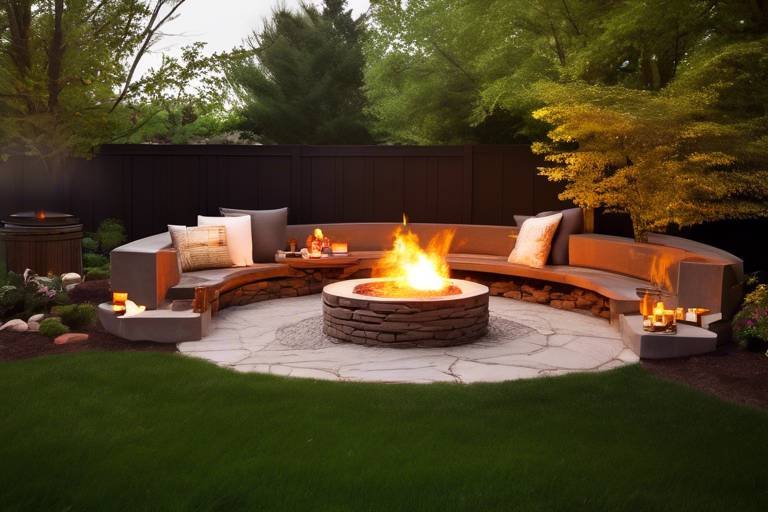How to Build a Simple Garden Trellis
Are you ready to elevate your garden with a charming DIY trellis? Building a simple garden trellis not only provides support for your plants but also adds a touch of elegance to your outdoor space. Let's dive into the step-by-step process of creating a functional and visually appealing trellis that will enhance the beauty of your garden.
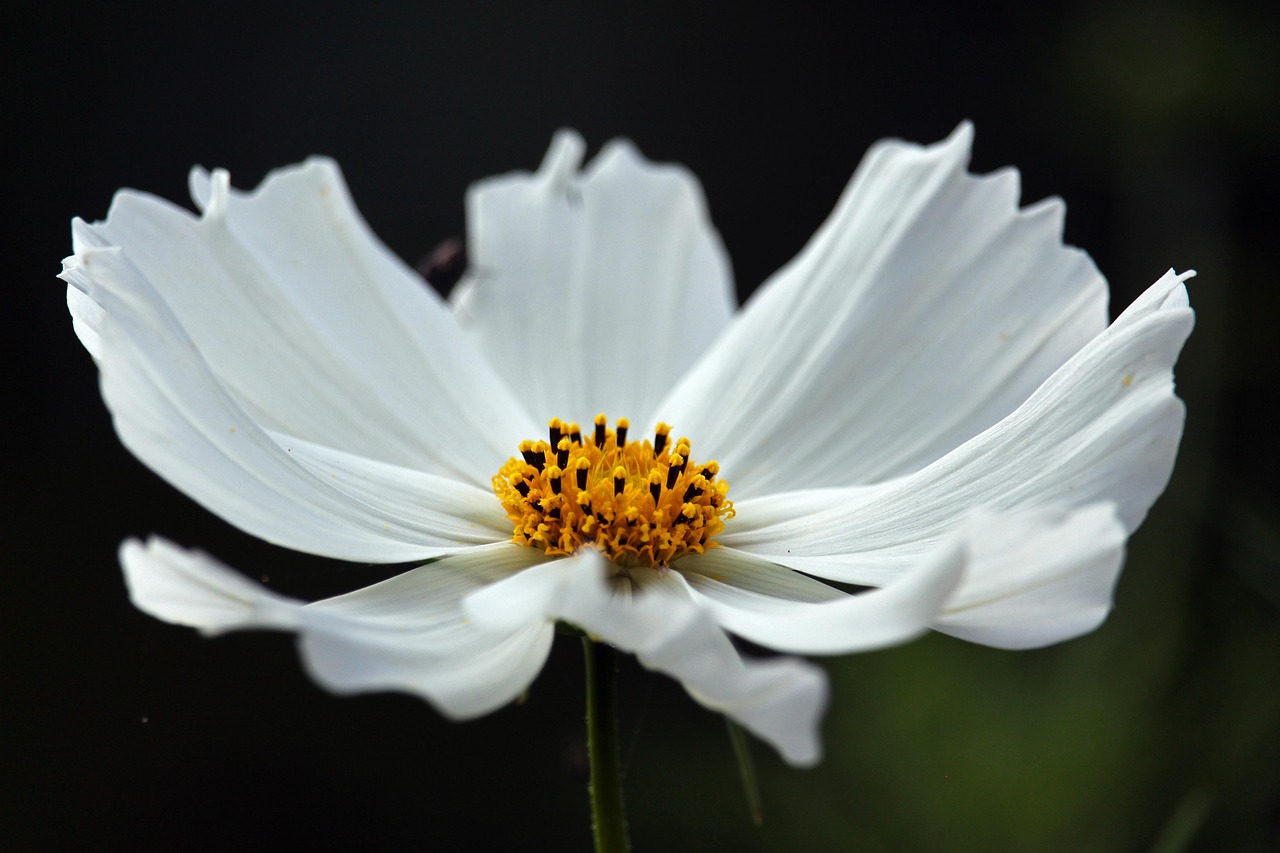
Choosing the Right Materials
When it comes to building a garden trellis, choosing the right materials is a critical step in ensuring the longevity and effectiveness of your DIY project. The materials you select will not only determine the overall look of the trellis but also its durability and ability to support your plants as they grow and climb. Options such as wood, metal, or PVC offer different benefits and considerations to keep in mind.
Wood is a popular choice for garden trellises due to its natural look and versatility. Cedar and redwood are commonly used for their durability and resistance to rot, making them ideal for outdoor structures. Metal trellises, on the other hand, provide a more modern and sleek aesthetic, offering strength and stability for heavier plants. PVC trellises are lightweight, easy to clean, and resistant to rot and corrosion, making them a low-maintenance option for gardeners.
Consider factors such as the climate in your area, the type of plants you will be growing, and your personal preference when selecting the material for your garden trellis. Each material has its own set of advantages and considerations, so take the time to evaluate which option best suits your needs and the overall design of your garden.
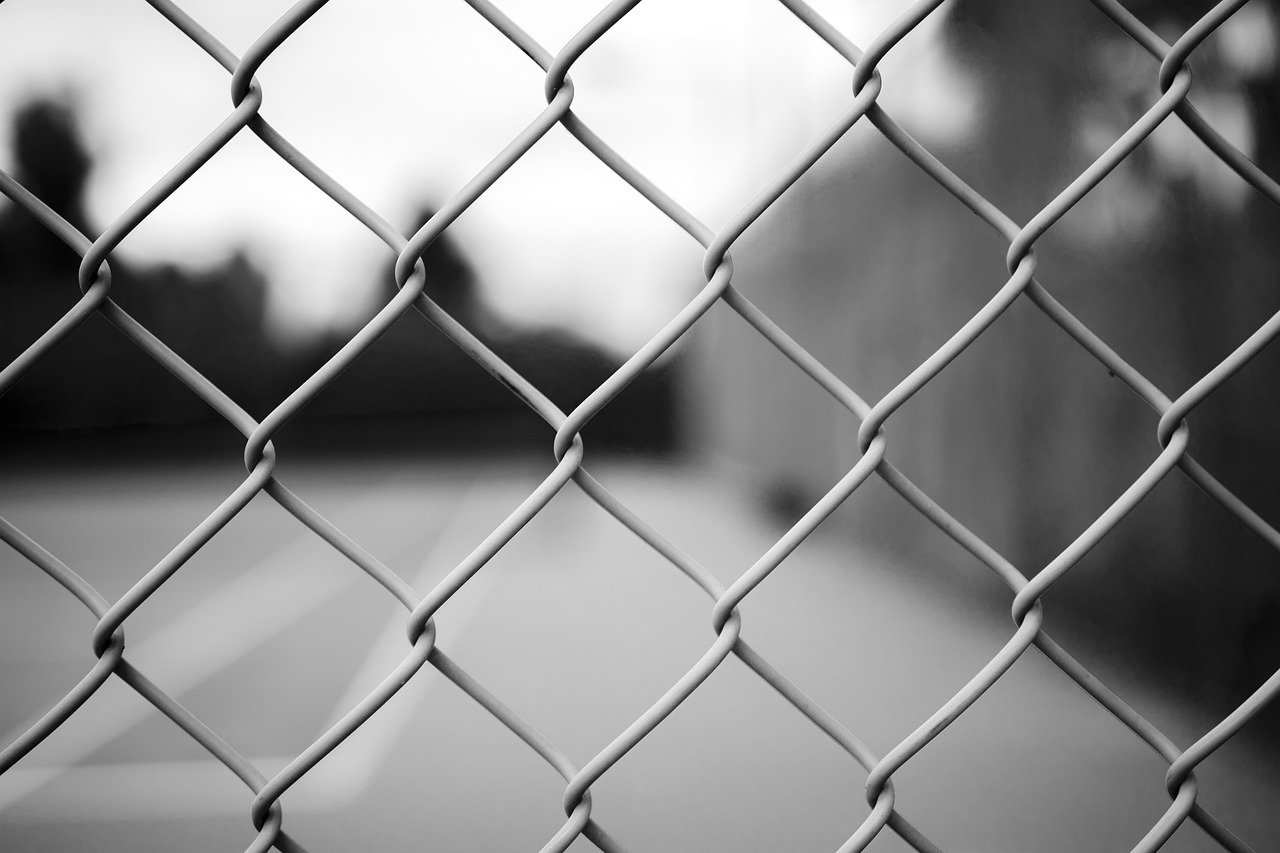
Designing Your Trellis
When it comes to designing your garden trellis, there are several factors to consider to ensure it not only serves its purpose but also enhances the overall look of your outdoor space. Think of designing your trellis as creating a piece of art that will support and showcase your plants in the best possible way.
First and foremost, take into account the size and type of plants you intend to grow on the trellis. Consider the weight and growth pattern of the plants to determine the spacing and strength needed for the trellis design. You wouldn't want a delicate vine to overwhelm a flimsy trellis or a sturdy structure to dwarf a delicate flower.
Next, assess the available space in your garden or backyard where the trellis will be placed. The design should complement the surroundings and not appear out of place. Think about how the trellis will interact with other elements in your garden, such as pathways, seating areas, or existing structures.
Additionally, think about the aesthetic appeal of the trellis. Do you prefer a simple and minimalist design, or are you looking for something more intricate and decorative? Consider incorporating elements like curves, angles, or patterns to add visual interest to the trellis while still ensuring it blends harmoniously with the rest of your garden.
Moreover, don't forget about the practical aspect of the design. Ensure that the trellis is functional and easy to maintain. Opt for materials that are weather-resistant and durable to withstand the elements and the weight of the plants. A well-designed trellis not only looks good but also serves its intended purpose effectively.
Lastly, let your creativity shine through in the design process. Experiment with different shapes, colors, and materials to create a trellis that reflects your personal style and enhances the beauty of your garden. Remember, designing a trellis is not just about supporting plants; it's about creating a focal point that adds charm and character to your outdoor space.
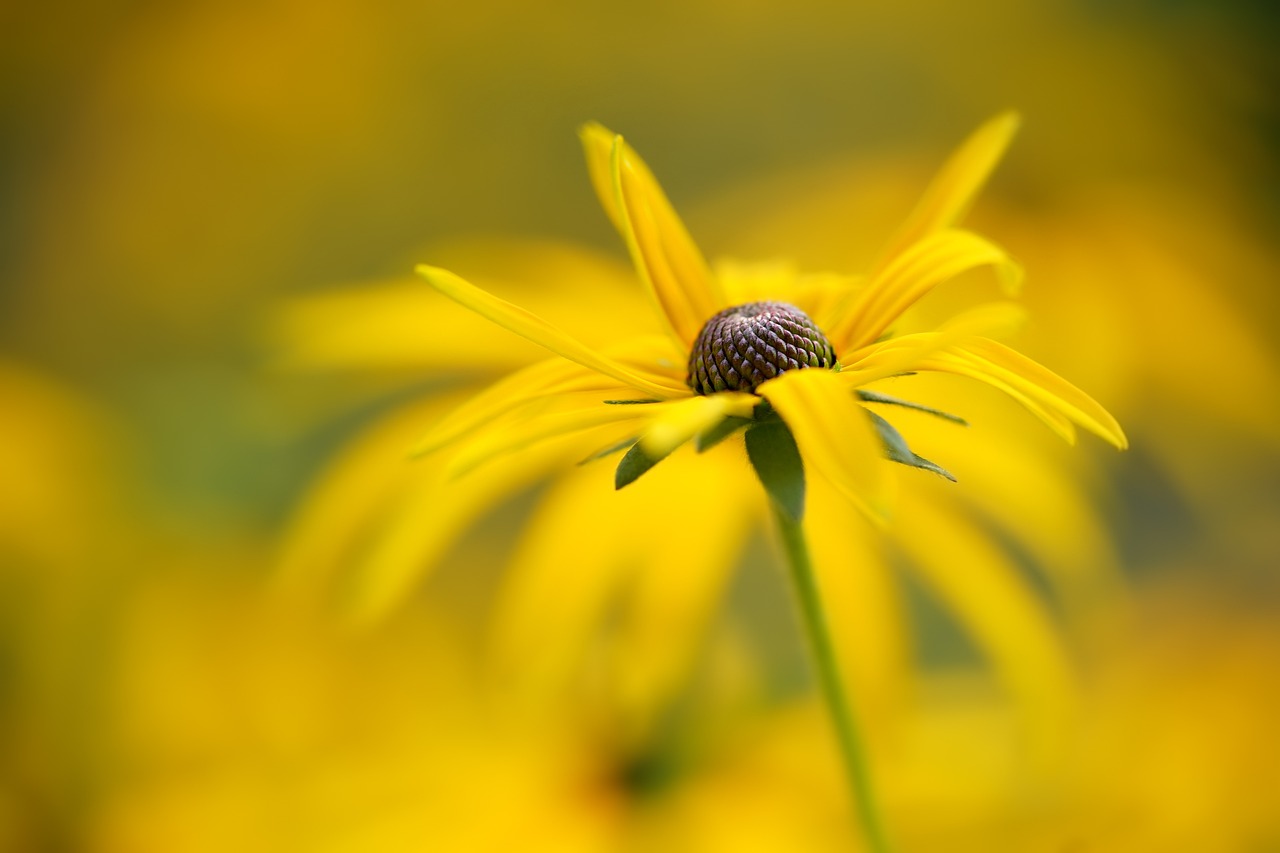
Types of Trellis Designs
When it comes to garden trellis designs, there are various options to choose from, each offering its own unique characteristics and benefits. One popular design is the arched trellis, which adds a touch of elegance to any garden space. The curved structure of an arched trellis not only provides support for climbing plants but also creates a visually appealing focal point.
Another popular choice is the fan-shaped trellis, which mimics the shape of a fan with its slanted panels. This design is ideal for training plants to grow in a specific direction, creating a neat and organized look in your garden. The fan-shaped trellis is versatile and can be customized to fit different plant varieties and garden layouts.
For a more traditional and functional option, consider a ladder-style trellis. This design features horizontal and vertical slats that resemble a ladder, providing ample support for climbing plants to grow vertically. The ladder-style trellis is sturdy and easy to build, making it a practical choice for both novice and experienced gardeners.
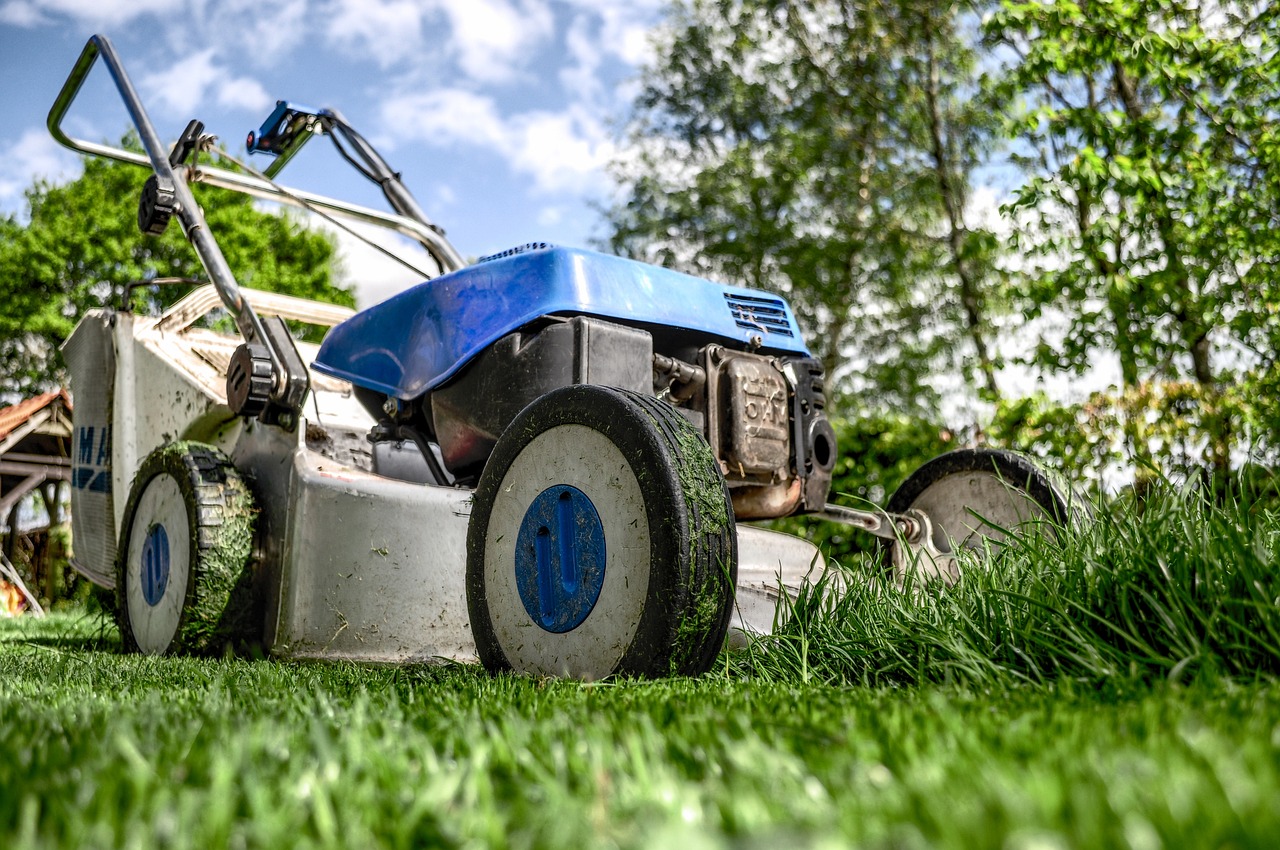
Gathering the Necessary Tools
When it comes to building a garden trellis, having the right tools at your disposal is essential for a smooth construction process. Before you embark on this DIY project, gather all the necessary tools to ensure that you can work efficiently and effectively.
Some of the essential tools you will need include a measuring tape to take accurate measurements, a saw to cut the wood or metal pieces to size, a drill for assembling the trellis frame, and a level to ensure that your trellis is straight and sturdy. Additionally, having a hammer, nails, screws, and a staple gun can be handy for securing the components together.
If you are working with wood, having sandpaper to smooth out rough edges and a paintbrush for applying a protective finish or adding a pop of color to your trellis can enhance its durability and aesthetic appeal. For metal trellises, welding equipment may be necessary for joining the metal pieces together securely.
Creating a comfortable and organized work area is also crucial for the success of your project. Consider setting up a workbench or table where you can lay out your tools and materials, keeping everything within reach. Having a work apron with pockets to hold smaller tools and supplies can also help streamline the construction process.
Remember to wear appropriate safety gear such as gloves, safety goggles, and closed-toe shoes to protect yourself while working with tools and materials. By gathering all the necessary tools and setting up a conducive work environment, you'll be well-equipped to build a sturdy and beautiful garden trellis that will support your climbing plants with style.
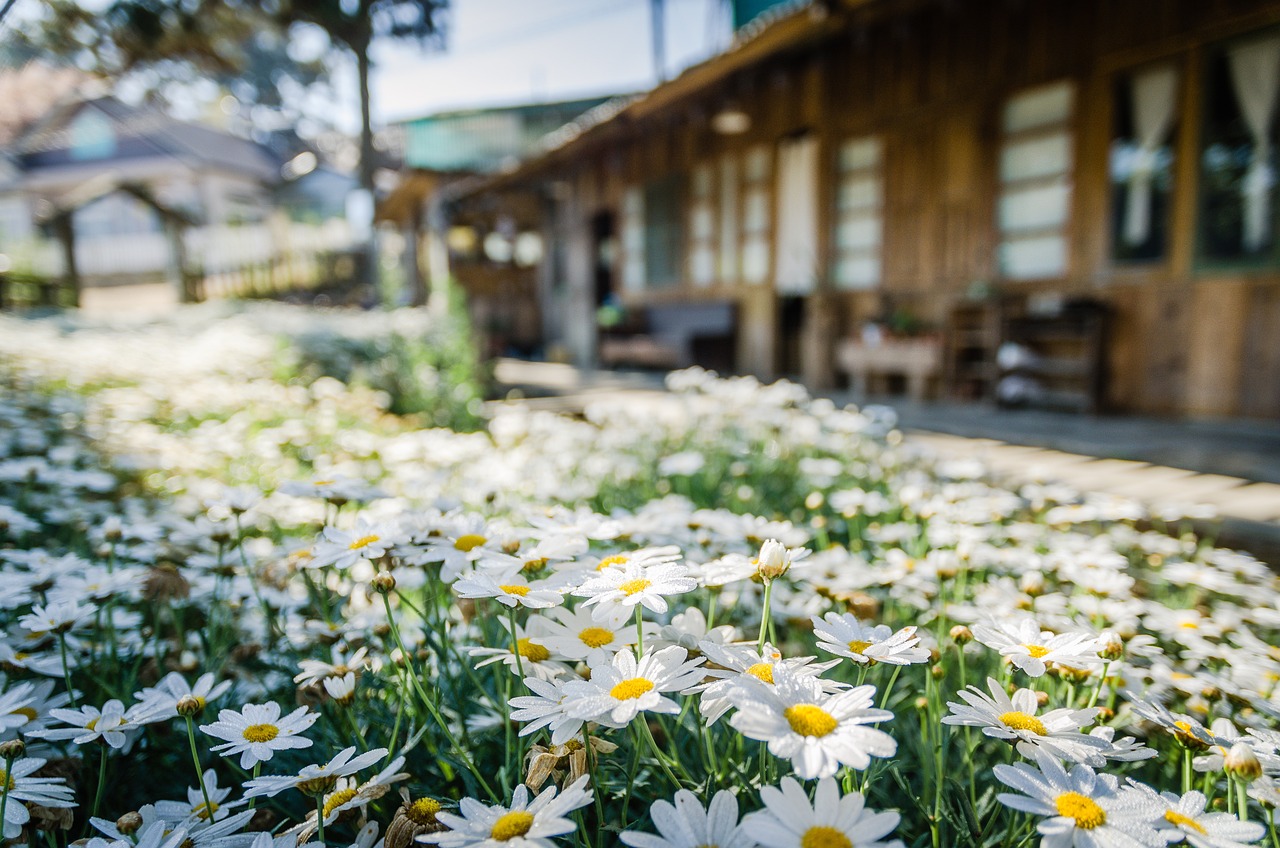
Preparing the Work Area
When it comes to building a garden trellis, preparing the work area is a crucial step to ensure a smooth construction process. Before diving into the project, it's essential to set up a designated space in your garden or backyard where you can work comfortably and safely.
Start by clearing the work area of any debris or obstacles that may hinder your progress. Remove any rocks, branches, or other items that could get in the way while you're constructing the trellis. Having a clean and organized space will make the process much more manageable.
Once the area is cleared, gather all the materials and tools you'll need for the project. Make sure everything is easily accessible and within reach to avoid constant interruptions during the construction process. Having everything prepared in advance will save you time and effort.
Consider setting up a workbench or table in the work area to provide a stable surface for cutting and assembling the trellis components. This will help you work more efficiently and accurately, ensuring that the trellis frame is constructed correctly.
Additionally, ensure that you have enough space to move around and maneuver the materials comfortably. Adequate space will prevent any accidents or mishaps during the construction process and allow you to work with ease.
Lastly, consider the weather conditions when preparing the work area. If you're working outdoors, make sure to check the weather forecast and plan your construction schedule accordingly. Avoid working in extreme heat, rain, or strong winds, as these conditions can affect the quality of your trellis.
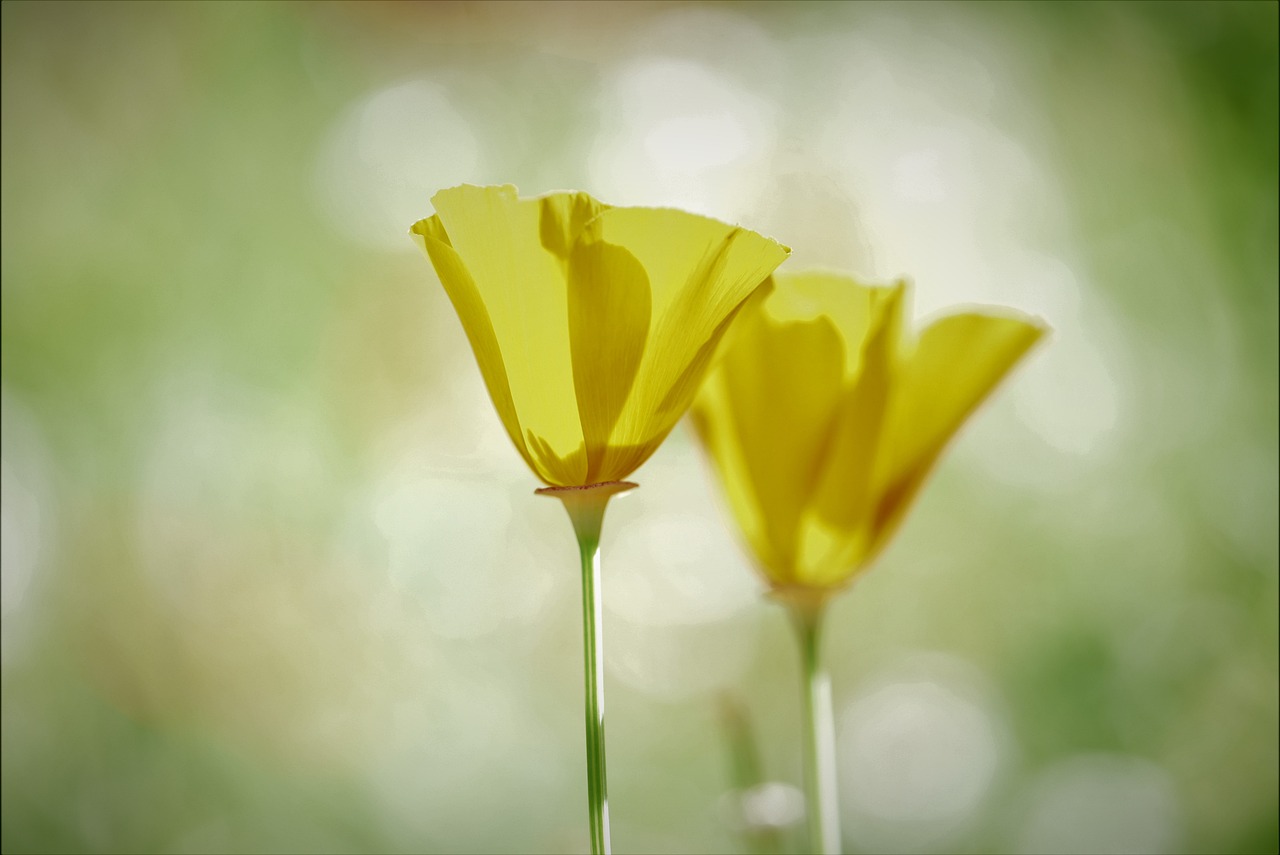
Constructing the Trellis Frame
Constructing the trellis frame is a crucial step in creating a sturdy support structure for your garden plants. To begin, gather the necessary materials such as wooden posts, screws, and a saw. Measure and cut the posts to the desired height and width according to your trellis design plan. Ensure the posts are of equal length to maintain symmetry and balance in the frame.
Next, position the posts in the designated area where you plan to install the trellis. Use a level to ensure the posts are straight and upright before securing them into the ground. Dig holes for the posts, keeping them at a sufficient depth to provide stability and support for the trellis.
Once the posts are securely in place, connect them using horizontal beams or crosspieces. These beams will form the framework of the trellis, providing additional support for climbing plants. Use screws to attach the beams to the posts, ensuring they are firmly fixed in position.
Consider adding diagonal braces to reinforce the structure and prevent swaying or instability. These braces can be placed at strategic points along the frame to enhance its strength and durability. Take care to align the braces properly to distribute the weight of the plants evenly across the trellis.
After constructing the basic frame, assess the overall stability and integrity of the trellis. Make any necessary adjustments or reinforcements to ensure it can withstand the weight of climbing plants and adverse weather conditions. Once you are satisfied with the frame, proceed to add any decorative elements or finishes to personalize the trellis to your garden's style.
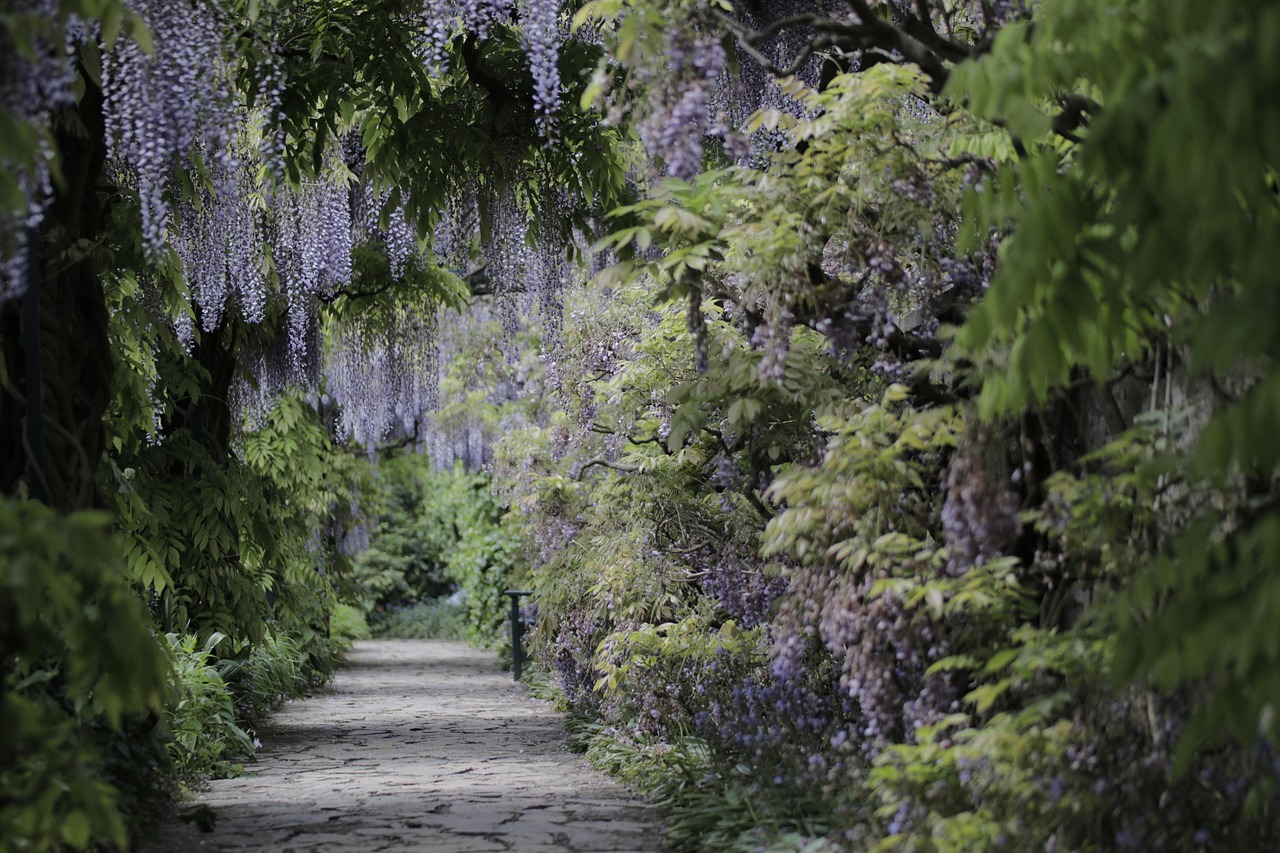
Adding Decorative Elements
When it comes to adding decorative elements to your garden trellis, the possibilities are endless. These embellishments not only enhance the visual appeal of the trellis but also add a touch of personality to your outdoor space. One popular option is to incorporate finials, which are decorative ornaments placed at the top of the trellis posts. Finials come in various shapes and designs, allowing you to customize the look of your trellis.
Another way to elevate the aesthetics of your garden trellis is by using lattice panels. These panels can be attached to the trellis frame to create a more intricate and decorative pattern. Lattice panels not only add visual interest but also provide additional support for climbing plants.
If you're looking to add a pop of color to your garden, consider painting your trellis. Choose a paint color that complements the overall theme of your garden and adds a vibrant touch to the space. Whether you opt for a bold hue or a subtle shade, painting your trellis can instantly transform its appearance.
For a more rustic or natural look, you can incorporate elements such as twine or rope into the design of your trellis. These materials can be wrapped around the frame or woven through the structure to add a unique and organic touch. Not only do these elements add a decorative flair, but they can also blend seamlessly with the surrounding greenery.
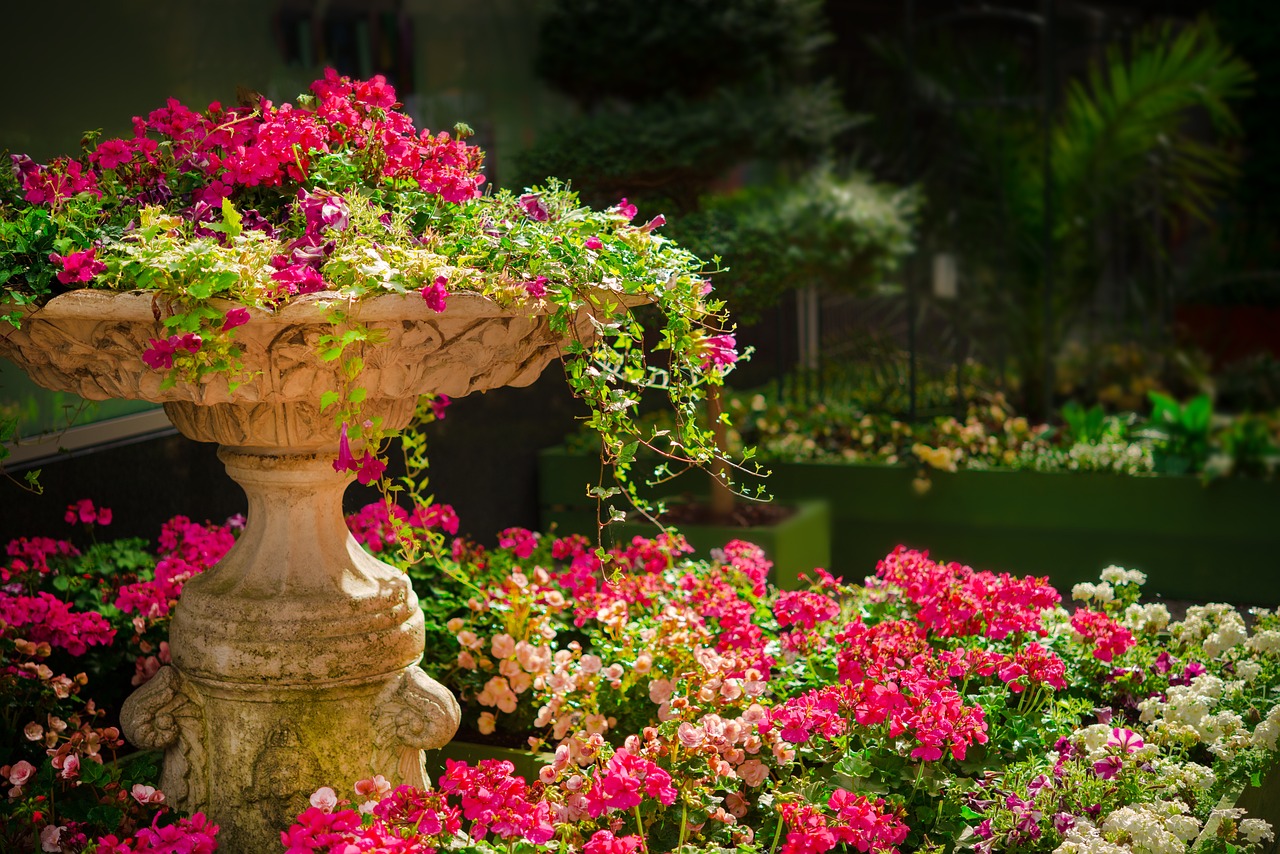
Installing the Trellis in Your Garden
Installing the trellis in your garden is the final step to bring your DIY project to life. Before you begin, ensure that you have chosen the perfect spot in your garden where your plants can thrive with the support of the trellis. Consider factors such as sunlight exposure, plant spacing, and the overall aesthetics of your garden.
Once you have identified the ideal location, it's time to secure the trellis in place. Depending on the design of your trellis, you may need to use stakes, hooks, or brackets to anchor it firmly to the ground or a wall. Make sure the trellis is stable and can withstand the weight of your climbing plants as they grow and flourish.
If your trellis is designed to lean against a wall or fence, use screws or nails to attach it securely. Ensure that the trellis is level and straight to provide proper support for your plants. Take your time during this step to guarantee a sturdy installation that will last throughout the growing season.
After securing the trellis, take a step back and admire your handiwork. Your garden now has a charming addition that not only supports your plants but also adds a touch of elegance to the outdoor space. As your plants start to climb and twine around the trellis, you'll witness a beautiful transformation that enhances the beauty of your garden.
Frequently Asked Questions
- What are the benefits of using a garden trellis?
A garden trellis offers support for climbing plants, helps maximize space in your garden, adds visual interest to your outdoor area, and can serve as a decorative element.
- How do I choose the right material for my garden trellis?
Consider factors such as durability, aesthetics, and the type of plants you have. Wood is a classic choice, metal is sturdy, and PVC is low maintenance.
- Can I customize the design of my garden trellis?
Absolutely! You can choose from various designs such as arched, fan-shaped, or ladder-style trellises. Personalize it with decorative elements to suit your garden's style.
- Do I need special tools to build a garden trellis?
Basic tools like a measuring tape, saw, hammer, and nails are essential. Having the right tools will make the construction process smoother and more efficient.
- How do I ensure my garden trellis is stable once installed?
Make sure to secure the trellis properly in the ground or against a structure. Checking for stability and adjusting as needed will help support your climbing plants effectively.



